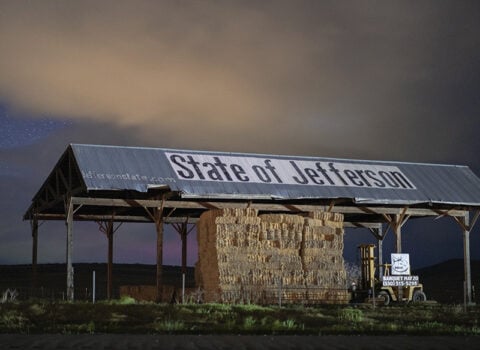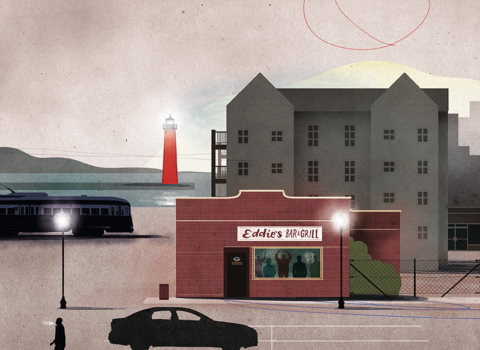This article was supported by the Pulitzer Center on Crisis Reporting.
The squatter camp outside Lawley township, in the southwest of Johannesburg, stretches for miles against a bare hillside, without electricity, water, or toilets. I visited on a blustery morning in October with a local journalist named Mophethe Thebe, who spent much of his childhood in the area. As we drove toward the settlement he pointed out land that had been abandoned by white Afrikaner farmers after the end of apartheid in 1994, and had since been taken over by impoverished black settlers who built over the former farms…








































































































